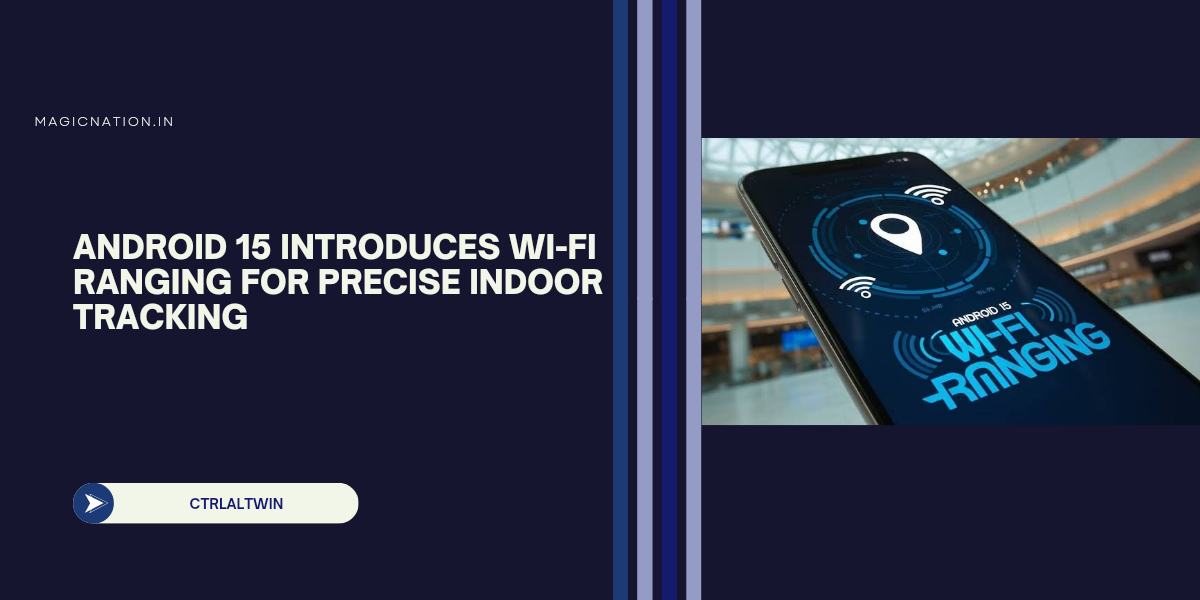
I hope you’re enjoying our journey through the tech landscape. Today, let’s delve into an extraordinary topic—the lifeblood of Tesla’s electric marvel, the Cybertruck’s Electrical Harness.
Envision a vehicle that transcends being merely a mode of transport to become a bold declaration—a futuristic vision encapsulated on four wheels. Enter the Tesla Cybertruck. It distinguishes itself not only through its bold, science fiction-inspired design but also through the groundbreaking technology that energizes this electric behemoth.
The era of traditional pickup trucks, confined to a familiar blueprint, is over. The Cybertruck breaks free from this pattern with its pioneering Alien Design.
Before we dive into the heart of our discussion, let’s first explore the innovative attributes of Tesla CyberTruck that set them apart.
- Electrifying Performance
- Evolving with You
- Stainless Steel
Let’s address the elephant in the room.,
Ever wondered why there’s a buzz about the 48-volt battery in cars? It’s not just any battery; it’s a game-changer for the automotive world.The Power Behind the Wheel: Understanding the 48-Volt Car System
Imagine all the gadgets and gizmos in your car—lights, air conditioning, the stereo, and more. They all need power, a lot of it. Cars used to have a massive bundle of wires, stretching over a kilometer, to handle all this. It was heavy and costly. But then came Tesla, cutting down this bulk like no one else in recent times.
Let’s take a quick trip down memory lane. Cars once roared to life with a hand crank. By 1910, electric starter motors kicked the crank to the curb, powered by a 6-volt battery. This was enough until the '50s when 12-volt systems took over to feed the growing appetite for power in cars.
Fast forward to today, and cars are like rolling supercomputers. They’ve got advanced safety systems, autopilot features, and in electric cars, the electrical demand is through the roof. The wiring? It could weigh as much as 30% of the car!
Now, here’s where Tesla did some magic. They switched from a 12-volt to a 48-volt system. Why does this matter? Let’s break it down with a simple equation:
Power=Current×Voltage
For a 100-watt power need, you could use 5 amps and 20 volts:100W = 5A \times 20V100W=5A×20V
Or, you could use 10 amps and 10 volts:100W = 10A \times 10V100W=10A×10V
The trick is, if you keep upping the current, you risk melting the wires. That’s why cars had thick wires. But with a 48-volt system, the wires can be thinner, cooler, and lighter. Tesla’s switch means they’re using about 70% less copper and cutting the wire weight in half. That’s not just impressive; it’s revolutionary.The Controller Area Network (CAN) bus is like a communication highway that connects the brain of a car, the microcontroller, with various devices it needs to talk to. In Tesla’s Cybertruck, they’ve switched out the CAN bus for something much faster called a Gigabit Ethernet Loop. This is a big deal because it slashes the need for so many wires crisscrossing through the car.Communication Highway
Imagine cutting down the weight of all the vehicle’s communication cables by a whopping 80%—that’s what this new tech can do. It’s not just about shedding kilos; it makes the car handle better and simplifies the entire wiring setup. Fewer wires mean fewer chips are needed, which is simpler and cheaper to produce.

The Tesla Cybertruck is shaking things up with its Steer-By-Wire Technology. This modern approach means that the steering wheel isn’t physically linked to the wheels. Instead, it’s all electronic, with the steering wheel sending signals to ECU, which then tells the wheels which way to go. The steering wheel itself is pretty unique—it’s not round but more like a square, and it’s in charge of the front wheels through a pair of motors.Steer-By-Wire Technology
What’s cool about this system is that it can change how it responds based on how you’re driving. The steering wheel can turn up to 170 degrees, making the drive feel smoother and more connected. Plus, in a front-end crash, it’s safer because there’s no steering column that could come into the cabin.
There’s also a bonus for comfort: more room in the cabin and less shaking from the road. And there’s a nifty trick for tight spots—the back wheels can turn in the opposite direction to the front ones, helping the Cybertruck to turn as tightly as the smaller Tesla Model S. It’s like having the agility of a sports car in the body of a tough truck!

Thank you for taking the time to read my post. Please feel free to connect with me in the comments section. I’ll be more than happy to assist you with any questions or feedback you may have.










